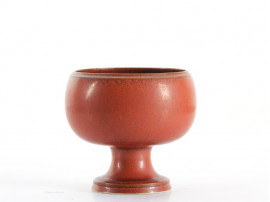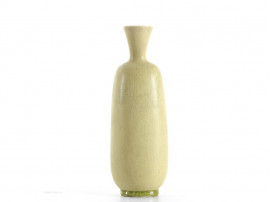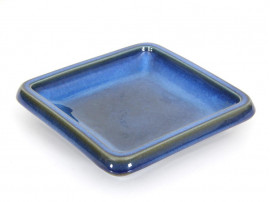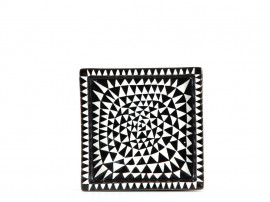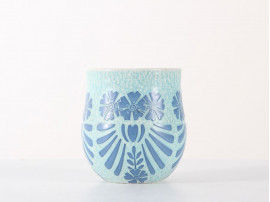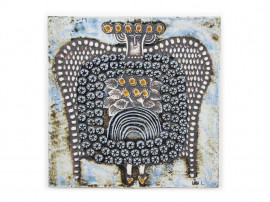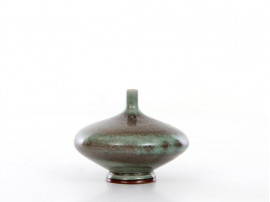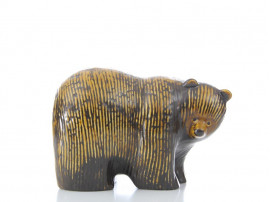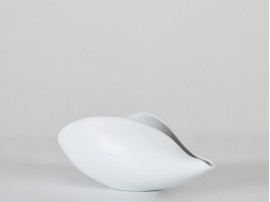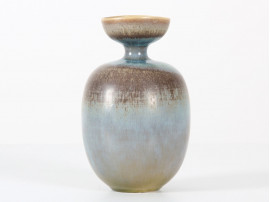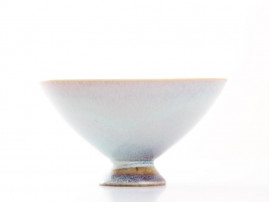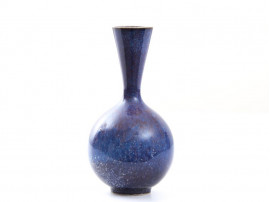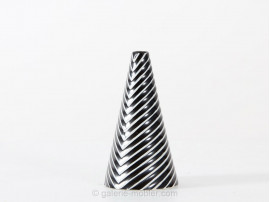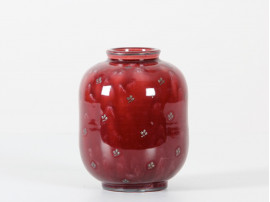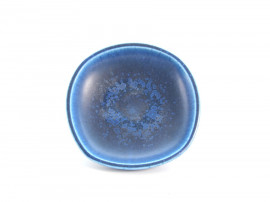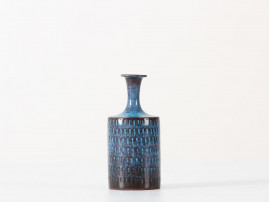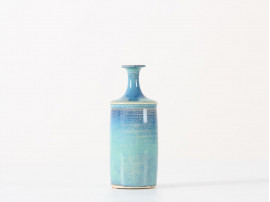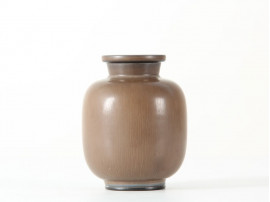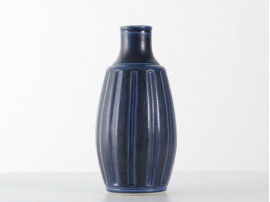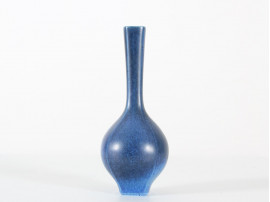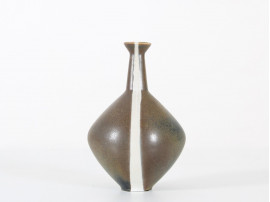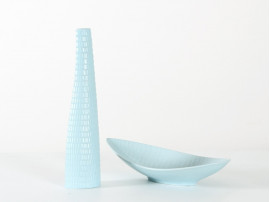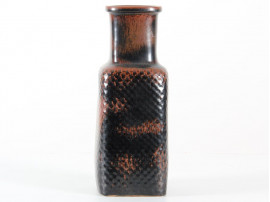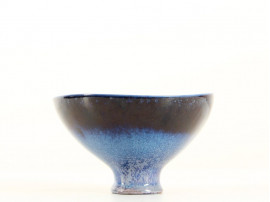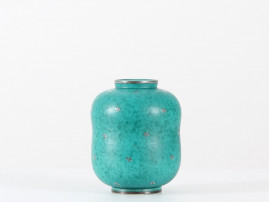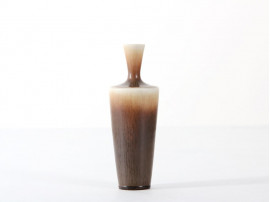
Gustavsberg
Gustavsberg was established in 1825 on the island Värmdö just outside Stockholm. At first Gustavsberg manufactured china with simple hand-painted flower design, but in the late 1830s, the company had taken up a number of new British methods, including copper printed patterns. A few decades later, Gustavsberg learnt again of the British porcelain manufacturers when it started producing bone china of clay imported from Cornwall. Gustavsberg became famous for their production and reached commercial success. In the 1860s Gustavsberg broadened its production with both art goods and household china and also gave the products, previously marked by English influences, entirely Swedish character. In the mid-1860s Gustavsberg broadened its production of both art and tableware and gave the production a completely Swedish character, which previously was influenced by an English-style. At the turn of the century Gustavsberg produced exquisite painted goods in the Art Nouveau designed by Gunnar Wennerberg. Later Gustavsberg was influenced by Swedish arts and crafts association who advocated an alliance between art and industry to achieve a more beautiful everyday design. This was achieved by Wilhelm Kåge who was appointed artistic director in 1917. Under his leadership the production was influenced of the modernist movement, which resulted in more utilitarian-dimensional and functionalist design. In the 1940s Gustavsberg expanded its production to sanitary porcelain and plastic articles. Stig Lindberg replaced Wilhelm Kåge as artistic director in 1945. During his time Gustavsberg made both industrial and art objects in limited editions.Among Stig Lindberg's most famous faience are the art series Domino (1955), Carnival (1957) and porcelain Berså (1961), Spisa Rib (1955), Adam (1959), Birka (1974) and many more. Stig Lindberg's main focus was to create everyday tableware for the home. As early as 1945 Gustavsberg began manufacture household products in plastic. The promoter was Stig Lindberg who designed, among other things, vacuum flasks, serving trays, tableware and refrigerator cans. In 1953 Carl-Arne Breger was recruited by Lindberg and it turned out that Breger had a special feeling for the new material and soon was called "Mr. Plastic". His high grip-friendly water jug (1957) is now a desirable collector's item. It was also he who recruited ceramist Lisa Larson to the factory. In 1980 Stig Lindberg was succeeded by Karin Björquist as a art director.

